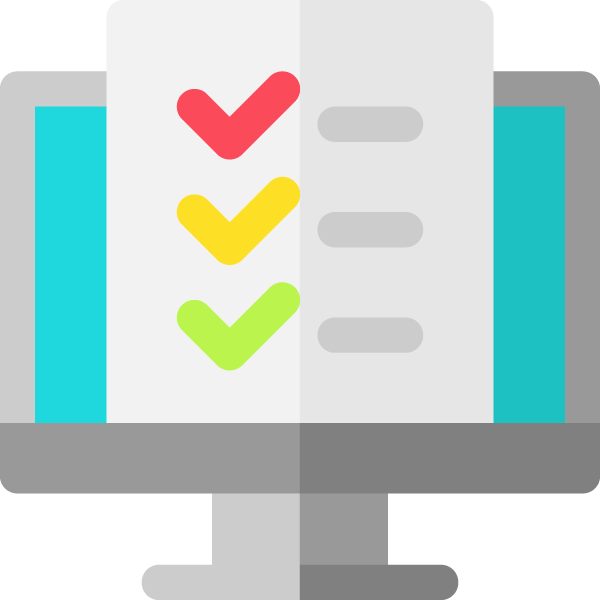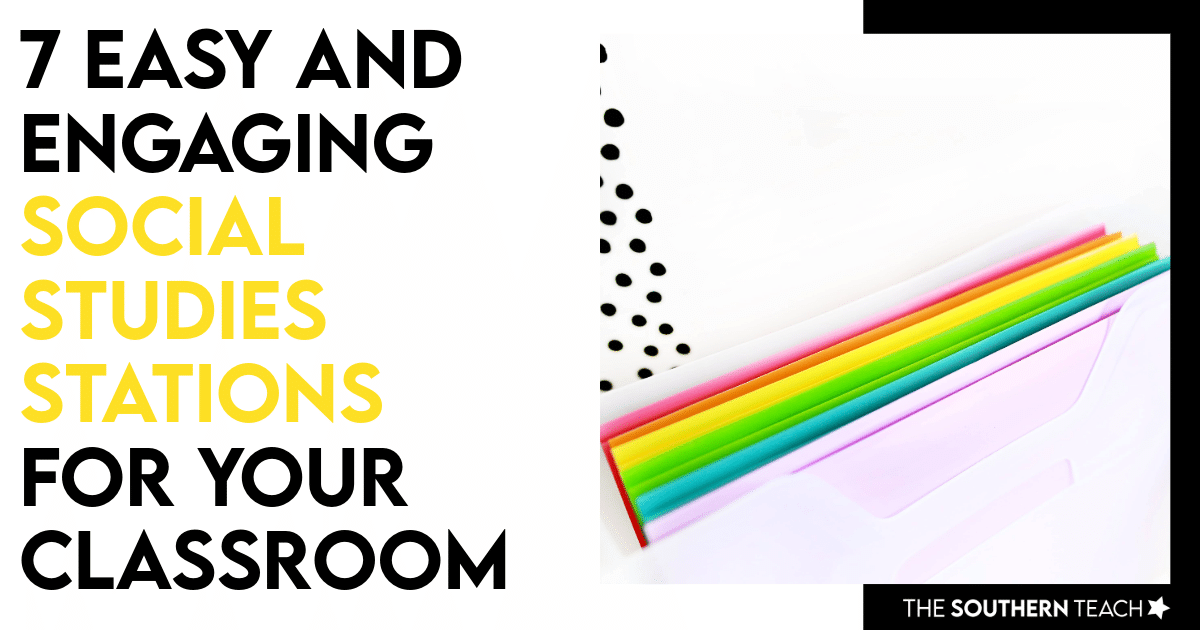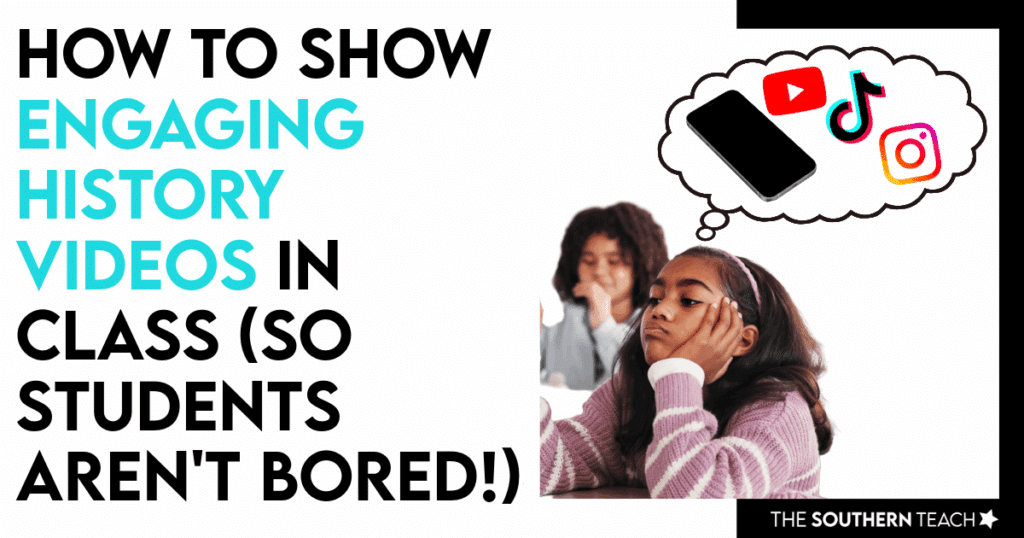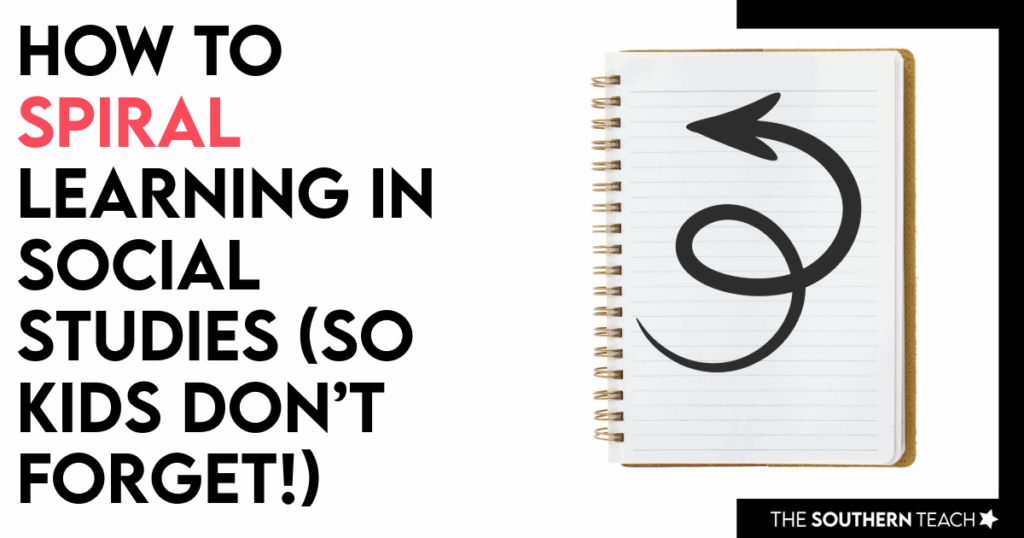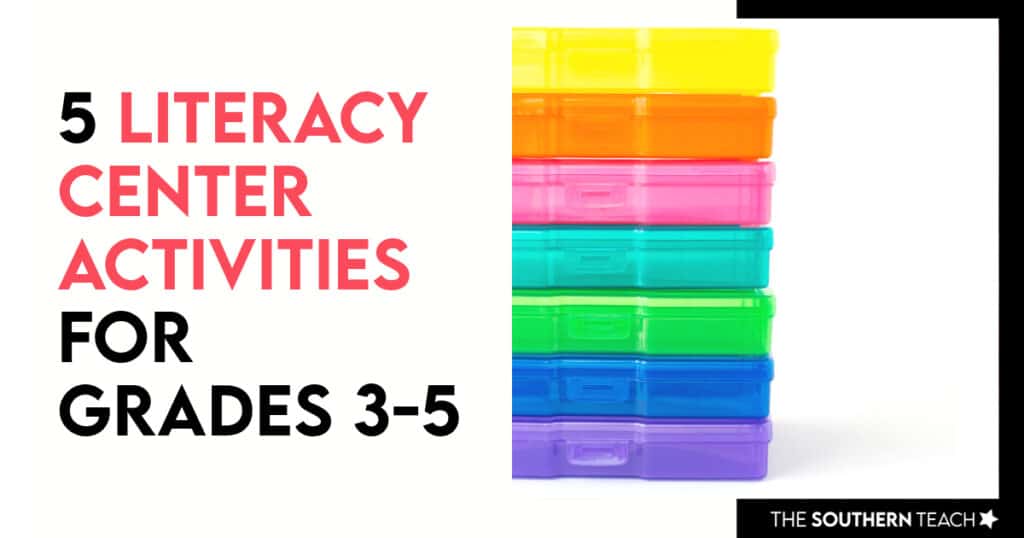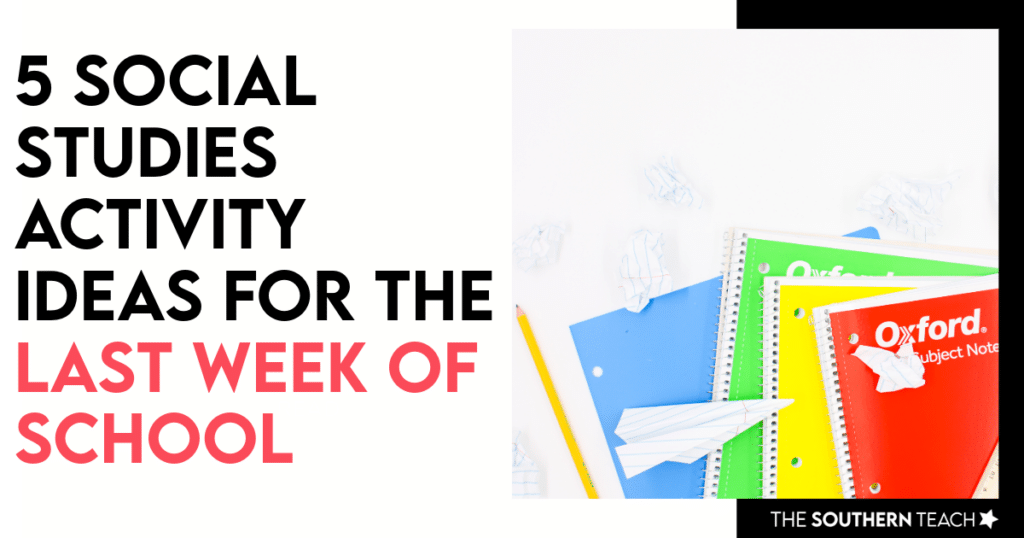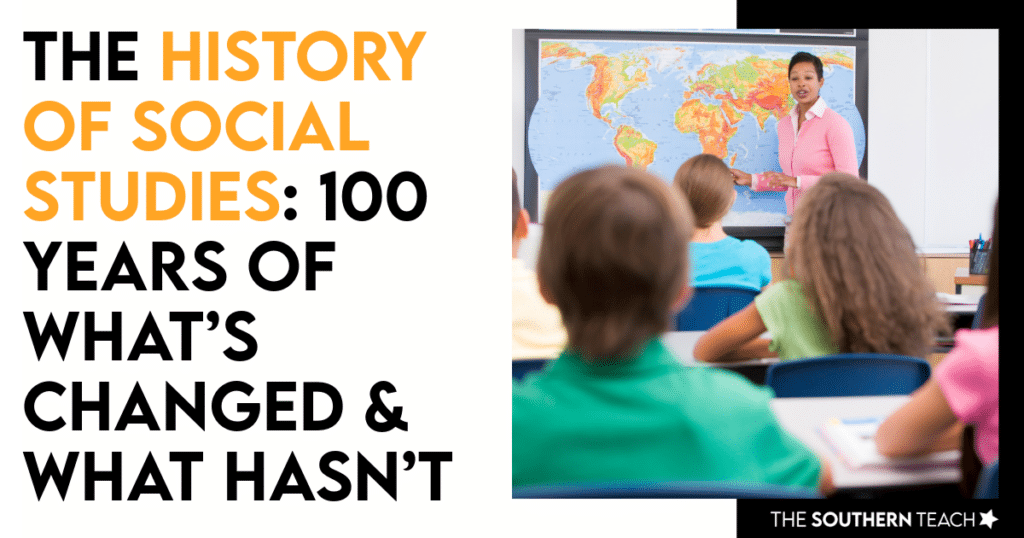7 Easy and Engaging Social Studies Stations for Your Classroom
By Kirsten Hammond
Share This Post:
If you’re an upper elementary teacher with a packed schedule and only 30 minutes (if you’re lucky!) to squeeze in social studies, you’re not alone. The question so many of us ask is: How can we make social studies meaningful with so little time?
That’s where social studies stations come in.
Whether you teach departmentalized ELA and social studies or you’re working in a self-contained classroom, social studies stations can be a game changer. Not only do they help build content knowledge, but they also reinforce essential reading and writing skills. And best of all, they give students structure and choice.
Here are 7 creative and practical social studies stations that you can mix and match in your block. You can use them all at once or start with just a few – you don’t need to implement everything right away!
Watch the Youtube video episode here!
Why Social Studies Stations Work (Even in Limited Time)
In my own classroom, we had 45- to 60-minute ELA stations, and instead of switching stations multiple times a day, students stayed in one station per day. This helped minimize chaos and gave them time to dive deeper into the activity.
Whether your students rotate through 2–3 social studies stations in a day or just stick to one, social studies stations offer flexibility, structure, and the chance to differentiate without feeling like you’re running all over the place.
I grouped students by reading levels so that each station could be tailored to their needs – higher-order thinking tasks for advanced learners and more guided support for others. It made differentiating much more manageable, especially when combined with ELA skills like main idea, summarizing, and making inferences.
And if you’re short on time, you can even weave a couple of social studies stations into your reading block or set aside a dedicated “Social Studies Friday.”
7 Social Studies Station Ideas to Try

1. Daily Social Studies Passages
This classic station is quick, quiet, and high-impact. Each passage is a short nonfiction text (about 3–5 minutes to read) followed by three comprehension questions. Topics vary – from geography and civics to historical figures and cultural celebrations.
You can assign one or two passages if you’re tight on time, or all four plus the quiz if you have a longer station block. I recommend grouping the passages by topic (like U.S. geography) so students build deeper understanding.
Want to increase rigor? Have students highlight text evidence, write paragraph summaries, or complete a check for understanding quiz.
Grab the Daily Social Studies Passages here!
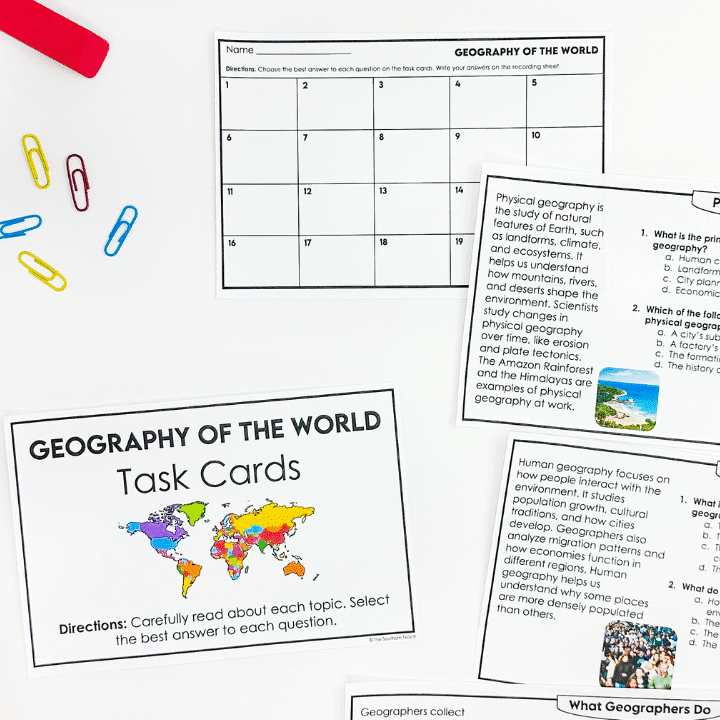
2. Task Cards
Task cards are a great way to review key vocabulary and reinforce content knowledge in a flexible, low-prep format. Each card can present a multiple-choice question, an open-ended prompt, or even a visual analysis.
You can print and laminate them, but honestly? I often just printed and stapled them as-is to save time. Students grab a recording sheet, flip through the cards, and work independently. They’re perfect for review or early finishers, and can easily be adjusted by topic or skill level.
Check out my growing library of social studies task cards!
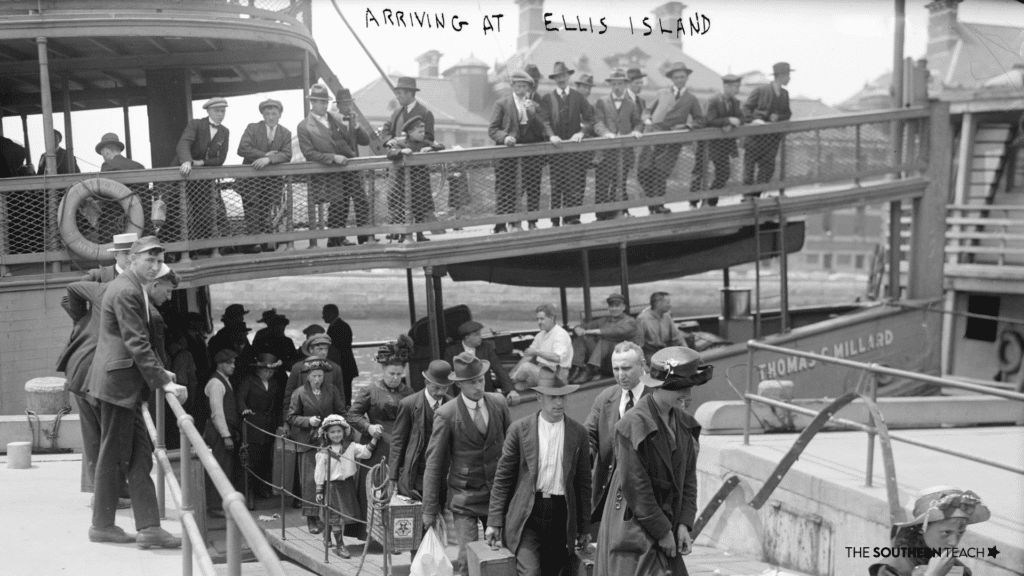
3. Primary Source Analysis
This station gives students a chance to think like historians. Use real photos, documents, or quotes – pull from sources like the Library of Congress or Wikimedia Commons – and ask students to observe, analyze, and reflect.
For example, you could show an image of families at Ellis Island and ask:
- What do you notice?
- What do you think is happening?
- What questions do you still have?
It’s amazing what students can uncover with a little guidance and the chance to explore authentic sources.
Check out my podcast episode on using primary sources in social studies!
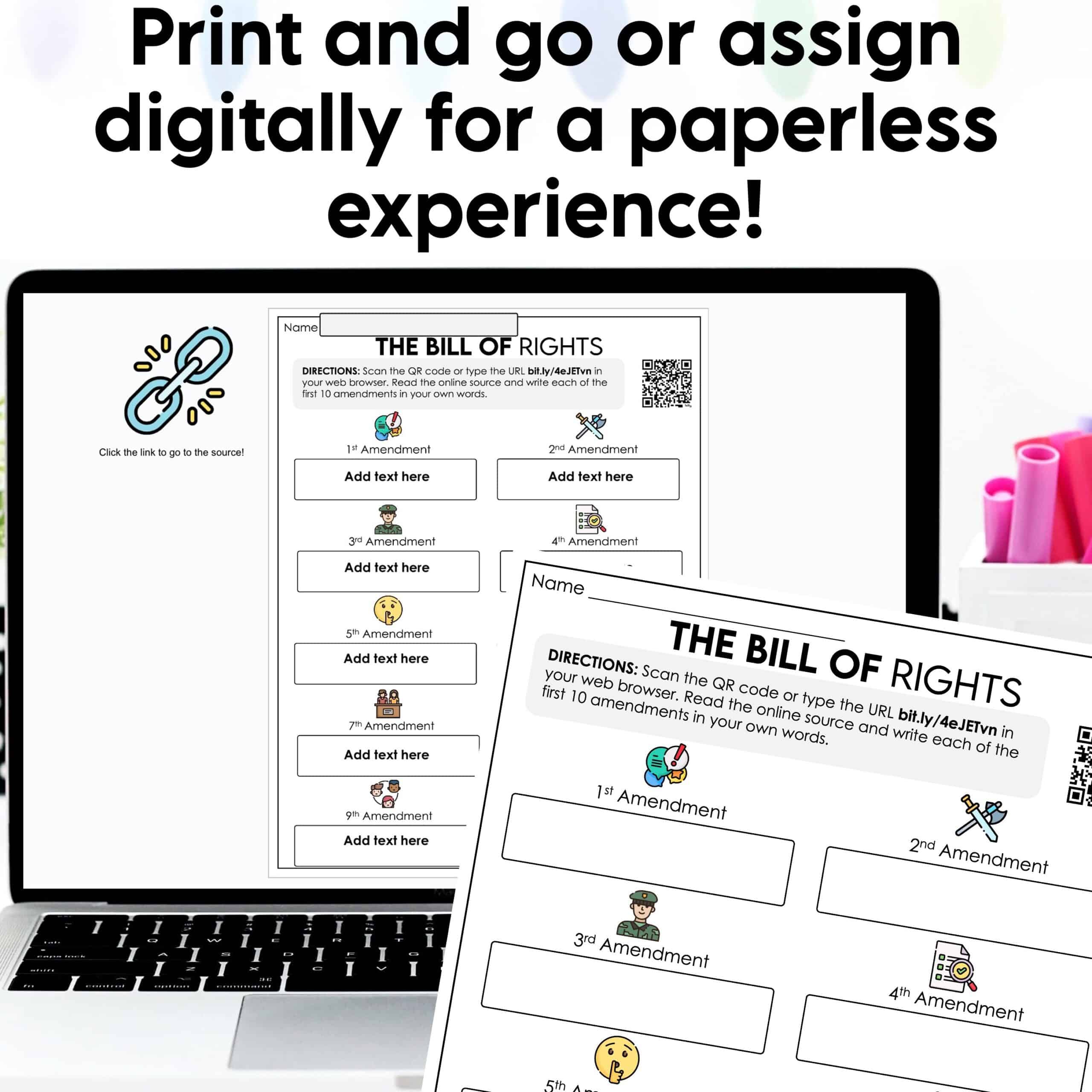
4. WebQuest Research and Inquiry Activities
Students LOVE WebQuests – and so do teachers! These digital research activities let students explore a specific topic using student-friendly links and guiding questions. They might investigate a famous person, explore a country, or analyze a civic topic like voting rights.
I’ve created WebQuests on everything from Tom Brady to the Constitution to the Lost Colony of Roanoke. With QR codes and Bitly links, they’re easy to access and fun to complete. Teachers even use them as sub plans!
Just print, copy, and let your students dive into a self-paced investigation. It’s a powerful way to bring social studies to life.
Take a look at all the WebQuests I have to offer!
5. Journaling or Written Reflections
This is a simple but powerful station. Students respond to a journal prompt that encourages them to reflect or connect to the topic. You might ask:
- What does freedom mean to you?
- If you were a leader in your community, what would you do?
- Describe one thing about your culture.
Let students write or draw their responses. You can tie this into your ELA writing genres too – start the year with a personal narrative, then move into expository or opinion writing later. It’s a great way to blend writing with content and tap into student creativity.
6. Digital Interactive Activities
If you’ve got tech access, try a digital station with platforms like BrainPOP, Kahoot, Nearpod, or even interactive Google Slides. These are perfect for review and spiraling old content.
You can revisit topics from earlier in the year—like U.S. regions or government structure—with a fresh digital twist. Students just need a device and a link or code, and they’re good to go.
This is also a great station to reinforce vocabulary or play quick games to build background knowledge in a fun way.
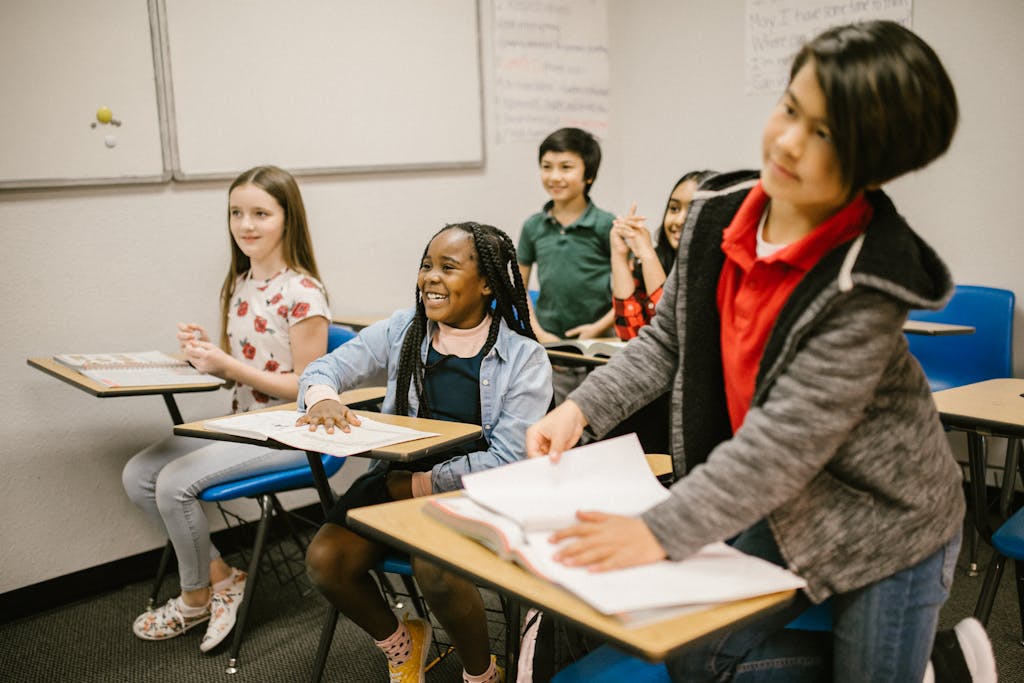
7. Small Groups
I’ll admit, small group wasn’t always my favorite. I used to feel guilty if I didn’t meet with every group each week. But once I shifted my mindset, small group time became one of the most valuable parts of my stations.
You don’t need to meet with everyone daily – just focus on where the greatest needs are. I met more frequently with groups who needed support and less with those ready to work independently.
Some of my favorite memories are from small group book clubs. We’d read a few chapters of a historical fiction novel and come back together to discuss, connect, and reflect. You can also use this time for vocabulary games, reteaching, or content review.
Final Thoughts on Social Studies Stations
Here’s the best part: You don’t have to implement all seven social studies stations at once.
Start with just one or two. Try out a Social Studies Friday with three or four social studies stations. Rotate based on your schedule and what your students need. Even adding one or two social studies stations to your ELA block can make a huge difference—without adding a ton of prep to your plate.
If you’re a member of the Smart and Simple Social Studies Membership, many of these activities – like daily passages, task cards, and journal prompts- are already done for you and easy to plug into your rotation.
Ready to simplify your planning and bring more engagement to your social studies block?
Visit smartandsimplesocialstudies.com to get on the waitlist or join when doors open!
kirsten hammond
Kirsten is a former 3rd and 5th grade teacher who loves helping upper elementary teachers by creating resources and sharing ideas that are engaging, research-based, and TEKS-aligned. She is a work-from-home mama of 3 rambunctious little ones and loves running, true crime, and lots of coffee.



